Professional Attic Insulation Services in Spring Valley, NV

Spring Valley is a welcoming community located just west of the famous Las Vegas Strip. Known for its suburban charm and close proximity to entertainment, shopping, and dining, it is a place where families and professionals alike choose to settle. The area has grown rapidly since it was first developed in the 1980s, and today it offers a mix of quiet neighborhoods and convenient access to city amenities.
Residents of Spring Valley enjoy popular spots like Desert Breeze Park and Chinatown Plaza, both of which bring culture, recreation, and culinary variety to the area. The community is diverse and vibrant, with a warm desert climate that brings hot summers and cool winters, making home energy efficiency an important part of comfortable living.
Introduction to Attic Insulation in Spring Valley
Imagine stepping into your home on a hot Nevada afternoon and feeling instant relief in the cool air. Professional attic insulation in Spring Valley delivers that comfort while reducing energy costs and improving indoor air quality. Homeowners in Spring Valley and surrounding areas choose insulation services to stay comfortable year-round, cut down on utility bills, and protect their homes against extreme temperatures. By investing in proper insulation, you contribute to a healthier home environment and a more sustainable future.
Why Attic Insulation Benefits Spring Valley Homes
Attic insulation is more than just comfort; it’s about saving money and extending the life of your HVAC system. Studies show that well-insulated homes can reduce heating and cooling costs by up to 20%. This is particularly helpful in Spring Valley where summers are long and hot.
Another benefit is indoor air quality. Proper insulation helps keep dust, pollen, and outdoor pollutants from entering your home. This means cleaner air for your family, which is especially important for households with children or allergy sufferers.
Professional Attic Insulation Process in Spring Valley NV
When scheduling attic insulation in Spring Valley NV, the process starts with a thorough assessment. This includes checking existing insulation levels, air leaks, and ventilation. Understanding the unique needs of each home allows for customized solutions that maximize energy savings.
Once the plan is set, professional-grade spray foam or fiberglass insulation is installed with precision. Each layer is applied to cover gaps and prevent thermal loss. The entire process is efficient, minimizing disruption to your daily routine while maximizing long-term results.

Types of Attic Insulation for Las Vegas Homes
Different homes require different solutions. The most common options for Las Vegas and Spring Valley homes include spray foam, blown-in cellulose, and fiberglass batts. Each offers unique benefits depending on the size and layout of your attic.
Here is a quick comparison to help decide:
Insulation Type | Best For | Benefits |
|---|---|---|
Spray Foam | Energy efficiency and sealing gaps | Superior air seal, high R-value |
Blown-In Cellulose | Older homes or uneven spaces | Eco-friendly, good coverage |
Fiberglass Batts | Standard applications | Affordable, easy installation |
Things to Consider:
- Spray foam offers the highest efficiency but at a higher upfront cost.
- Blown-in cellulose is ideal for retrofits.
- Fiberglass batts are cost-effective but may not suit complex attic spaces.
Local Focus Attic Insulation in Spring Valley
Spring Valley’s desert climate creates unique challenges for homeowners. With summer temperatures often topping 100°F, attics can trap heat and drive up cooling costs. Attic insulation is a direct way to combat this issue, keeping homes cooler without overworking air conditioning systems.
Winters, though mild, can still bring chilly nights. Insulation helps maintain steady indoor temperatures and keeps heating systems from running constantly. By improving energy efficiency, homeowners enjoy lower utility bills and greater comfort throughout the year.
Call Now for Professional Attic Insulation
Upgrade your home with professional attic insulation in Spring Valley. Call (702) 904-9895 or email [email protected] today for a free estimate and start saving on energy bills while improving your comfort.
FAQs
How long does attic insulation last
Attic insulation can last 20 to 30 years depending on the material and conditions.
Can insulation lower my energy bills
Yes, effective attic insulation can reduce energy bills by up to 20%.
Is spray foam insulation safe
Yes, once cured, spray foam is safe, non-toxic, and provides excellent air sealing.
How do I know if my attic needs more insulation
Signs include uneven room temperatures, high energy bills, or visible gaps in attic insulation.
Do I need to remove old insulation before installing new insulation
Not always. An inspection will determine if removal is necessary before adding new material.
Get a Quote
Our Services
- Residential Spray Foam Insulation
- Commercial Spray Foam Insulation
- Spray Foam Repairs
- Open Cell Spray Foam Insulation
- Closed Cell Spray Foam Insulation
- Attic Insulation
- Wall Insulation
- Foundation Insulation
- Exterior Insulation
- Roofing Insulation
- Home Insulation
- Commercial Insulation
- Spray Foam Roofing Insulation


